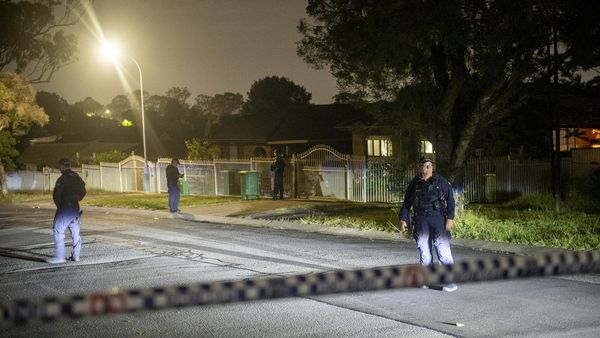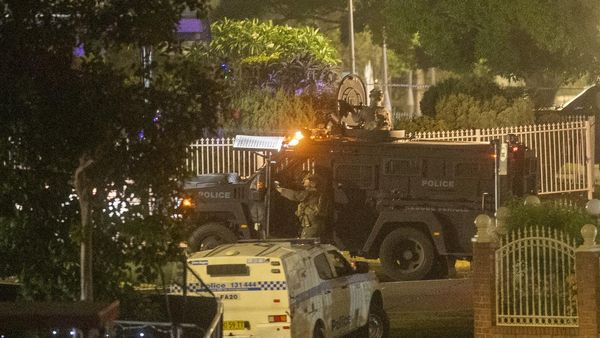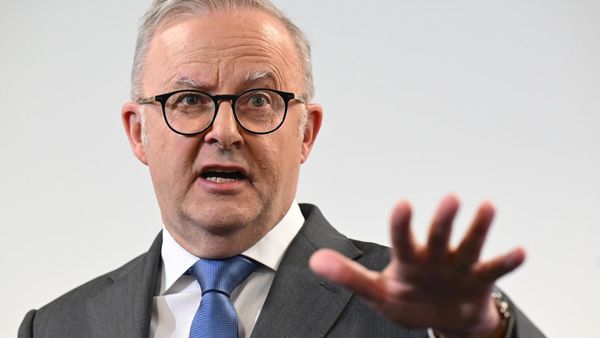Stargazers across the UK will be able to catch a glimpse of the year’s biggest and brightest supermoon on Wednesday night as the moon arrives at its closest point to the Earth in 2022.
July’s full moon is known as the Buck Moon because male deer shed and regrow their antlers around this time of year. There is no particular location or time tonight when stargazers will be able to catch the best glimpse of the spectacle.
Anna Ross, a planetarium astronomer at London’s Royal Museums Greenwich said: “The best time to view this supermoon will be any time during the night of the 13th July, when the moon will rise in the east just after sunset, and set in the west a little before sunrise.
READ MORE: Girl, 13, paralysed after 'being dropped on head' at school as boy arrested
“This is a bright full moon [so] as long as the night is clear of clouds it will be easy to spot whether you are in a light-polluted city or a dark area of countryside.”
A supermoon means the moon is closer to the Earth than usual so it appears bigger and brighter in the sky.

Ross added: “The apparent difference between the size of the full moon at its closest and farthest points is only around 14% and, being that bit closer, it also overall appears to be around 30% brighter to us here on Earth.”
The average distance between the moon and the Earth is 384,400km but the Moon reached its closest point this lunar month on the 13th July at 09:08 when it was 357,264 km away, according to Ms Ross.
She said: “The exact moment of the full moon closest to this point is also on the 13th July, but at 19:37.”
On Wednesday, the moonrise time is 21:48 in Plymouth, 22:10 in Manchester and 22:35 in Edinburgh. The next supermoon is set to be visible in August 2023.
READ NEXT







